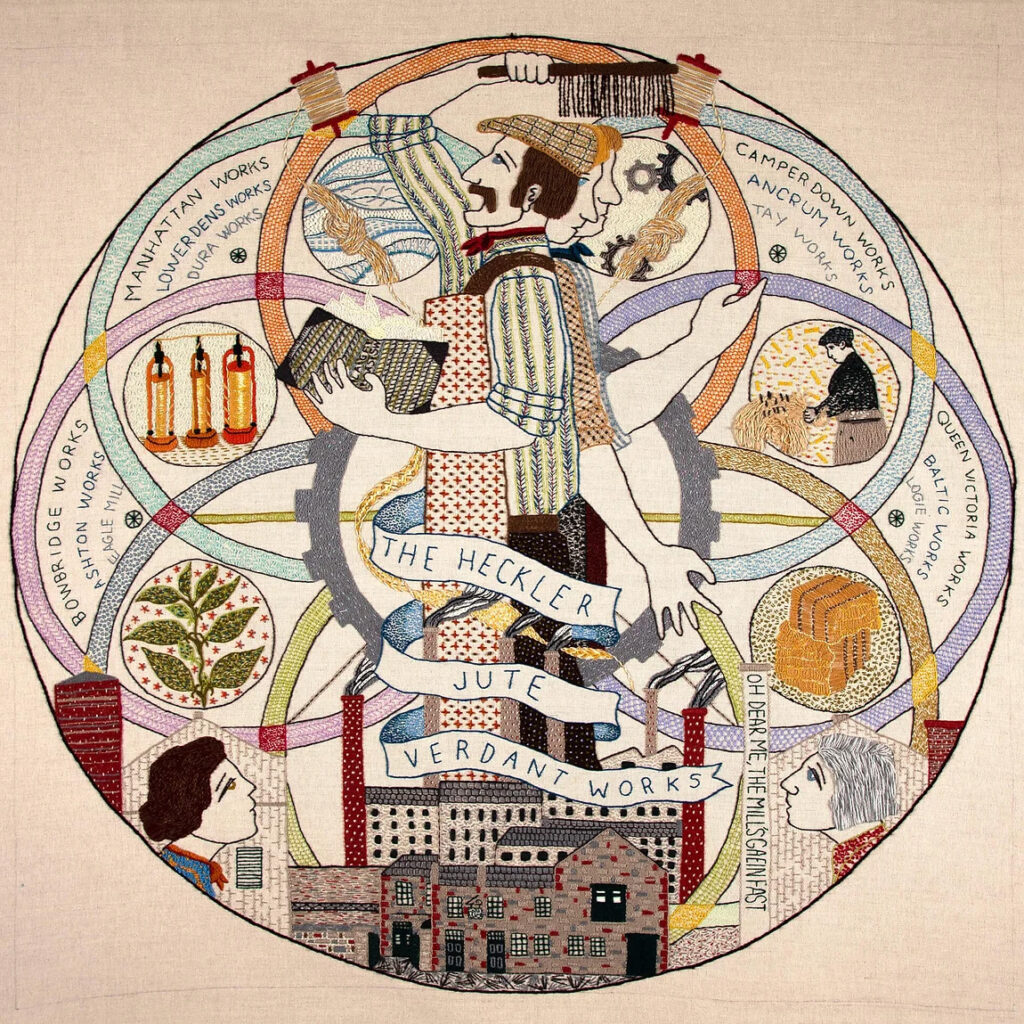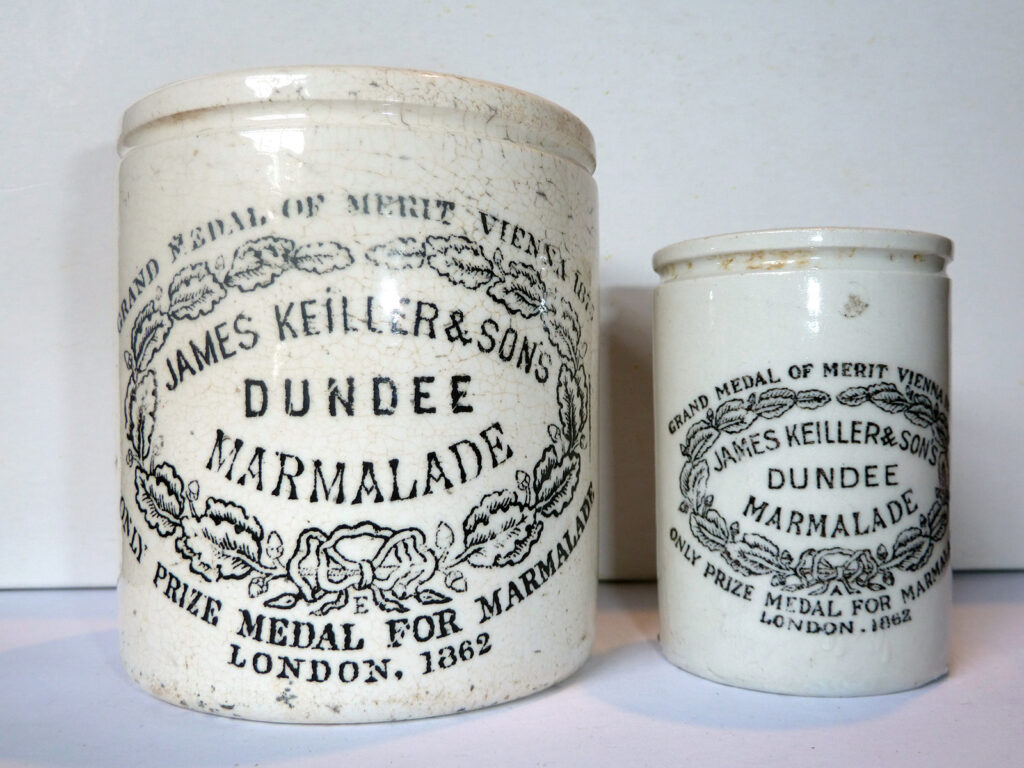The dual theme of my A to Z Challenge this year is the world of Commodities and Poetry Forms so the juxtaposition of these two themes may throw up some strange poems – could be a Heroic Ode to Heating Oil or will it merit a Haiku or a Haibun – whichever, I will be endeavouring to bring you interesting facts about commodities that may change the way you think about the stuff we variously depend on…
By commodity I mean certain items that are of both sufficient value/volume to be traded in special markets and are generally volatile enough to attract traders in “Futures” which are a way of hedging bets in the trading world of stocks, shares and commodities.
The A to Z Challenge runs throughout April and will consist of 26 posts – there are only a couple of letters for which I couldn’t find commodities but plenty of poetry forms to carry the day
Worldwide Trade in Jute and other Textile Fibres, 2022 – $285M – the world’s 1115th most traded product representing 0.0012% of total world trade.

“Jute is a long, rough, shiny bast fibre that can be spun into coarse, strong threads. It is produced from flowering plants in the genus Corchorus, of the mallow family Malvaceae. The primary source of the fibre is Corchorus olitorius, but such fibre is considered inferior to that derived from Corchorus capsularis.” quoth Wikipedia and it has a long history of use in making string, rope and traditional packaging such as hessian (burlap) sacks. You might think that this is old hat but the quest for sustainable, biodegradable materials to replace plastics in everything from rope to packaging, is leading to a renewed interest in Jute. Furthermore, the story of Jute illustrates some earlier geo-political shifts and has – in the UK been responsible for some serendipitous sweet things.
Jute fibres come from the “skin” or bast of the jute plant just as linen comes from the bast of the flax plant. The only plant fibre grown more than Jute is Cotton and other natural fibres include hemp and more recently, bamboo. Due to the nature of the Jute plant, a single fibre from the bast can be up to 4 metres long and also very strong, making them extremely effective in applications such as string and rope. Jute is sometimes called the Golden Fibre on account of its strength and cheapness. To read a briefing on Jute as a Commodity for investment – look here.
Jute is mostly grown in South Asia – especially India and Pakistan and in the mid-19th Century, it made the fortunes of industrialists halfway around the world in Dundee, Scotland. The first bales of jute fibre arrived by ship from Bengal in 1820, and by the 1890s, more than 120 jute mills were in operation, employing around 50,000 people. The industrial revolution was producing machinery that could operate in mills together with a population of cheap labour – mostly women and children – to process the fibres into products. However, those same industrialists were among the first to recognize the benefits of outsourcing because they abandoned their Scottish workers between the two World Wars and set up factories in Calcutta (Kolkata) where the labour was even cheaper and the raw material was on hand. Thus the finished product could be shipped around the world rather than the raw material and then shipping out the finished goods – in this respect Jute was an early adopter of a practice that has decimated many “First World” countries. During the Second World War, there was a great need for sandbags in particular and government subsidies protected the Dundee mills from competition from India, this kept some of the Jute mills open a little longer, but the industry really died progressively until the last shipment of jute arrived in 1998 and the last mill closed in 1999. You can see the Dundee Tapestry which commemorates the industry here.
There was an unexpected side product of shipping Jute to Dundee. There is a story of a storm-beset Spanish ship forced to shelter in Dundee and selling its cargo of oranges to an enterprising local greengrocer who, on discovering that they were bitter “marmalade” oranges – made just that! Dundee is adjacent to the Scottish Lowlands which are renowned for their soft-fruit growing and since jam was a way of preserving fruit in the pre-refrigeration era, to make marmalade was an obvious thing to do. Whether this is the real origin of Dundee Marmalade – what is certainly true, is that ships bringing Jute from India, having made a long sea passage from the Cape of Good Hope, northwards, or more likely zig-zagging back and forth across the Atlantic with the winds, would be very short of water, fresh fruit and food generally by the time they passed Spain and Portugal and so they would often call into port there before the final leg of the voyage to Dundee. The time of the Jute harvest in India meant the ships would be passing Spain/Portugal at just the right time for the orange harvest and without the need to fully stock their larders, there was room to take marmalade oranges to Dundee and keep the nascent marmalade industry going.
And so to the poem, J turns out to represent a paucity of poetic forms – the only one being Jazz Poetry “poetry that “demonstrates jazz-like rhythm or the feel of improvisation,”. Originally this was merely poetry that referenced jazz music and jazz musicians, but as Jazz has evolved, so has Jazz Poetry and the latest iteration of it in modern times is hip-hop music and the live poetry events known as poetry slams where Rap is the poetry form…So that is where I am heading today SHMG (So Help Me God).
Jute Rap
Ajay’s a worker on a jute plantation
bringing in rupees for the Indian nation
and when the harvest’s in – like done
and dusted – he moves to the mill f’yet more fun
handling jute is rough on the hands innit
and breathing in dust might be his finish
Dem original factory owners came from Scotland
its now in the portfolio of an Indian non-dom
hiding her taxes between the nations
while poor peeps like Ajay expect no vacations
either planting the jute or bloomin’ growin’ it
or working in the factory sepa-rating and spinning it
They say jute’s good – gonna be good for the planet
do away with the plastic and rubbish innit
So Ajay na worry ‘bout lack of work
Ain’t never get the chance for him to shirk…
© Andrew Wilson, 2024
Also posted for dVerse Poets Pub, Open Link Night #385…



That’s very clever, and Jute things look nice. I think the bag Mummy keeps our garden panels in is probably made of jute. I’ve never tried to eat it although Victor probably has. We love bamboo, though, the leaves are yummy!
Probably best not to eat that bag – I don’t think Mummy would be pleased – at all…
I’ve always loved jute baskets, it was nice to learn more about the history.
https://dbmcnicol.com/a-afterthought/